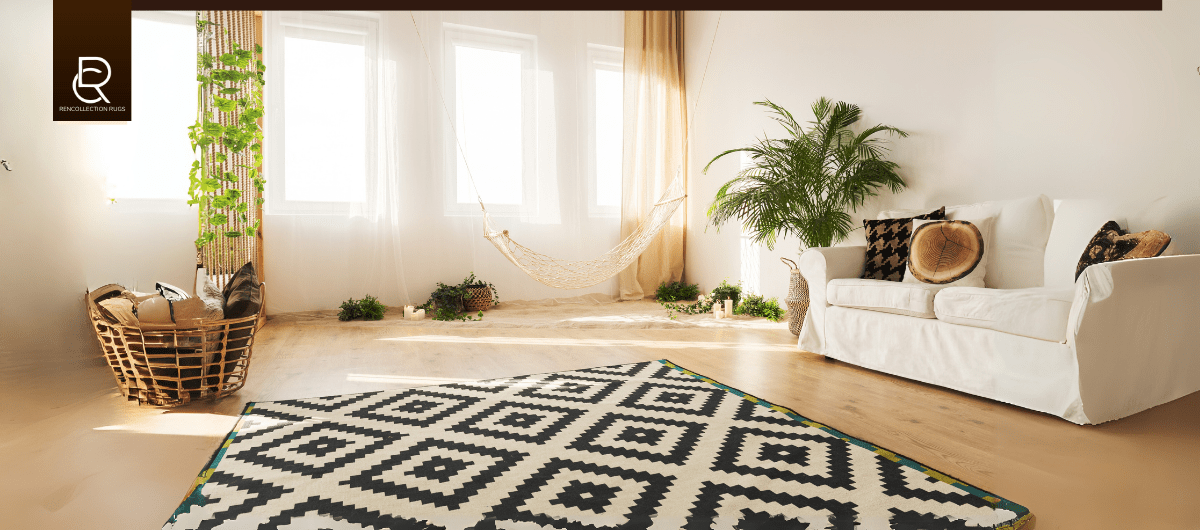Offer
Provide additional details about the offer you're running.

The area rug is an underestimated design element that serves as the base for space stabilization, inspires color choices, and directs mood in a room. The rug should be understood as the visual foundation that supports all other design elements in a space. The rug establishes the starting point for all decisions since it determines furniture placement alongside wall colors, decorative items, and lighting fixtures. This article examines how selecting an appropriate rug first makes furniture choosing easier while delivering visual impact and design continuity in rooms.
The standard design process begins with selecting paint colors and furniture before any other choices. Rugs consume significant space in rooms because they display dominant visual elements, diverse patterns, and texture selections. After installation, the rug determines the room's transmitter (the main message or theme the room conveys) and tonal characteristics (the overall mood or atmosphere of the room). The rug you pick, whether vintage-toned, geometric bold, or Moroccan plush, automatically establishes its own narrative as a foundation for other design elements.
Seeking an outstanding rug is essential as your design anchor when you wish to use it as your beginning foundation. Consider these elements:
Style: When selecting your rug, you must decide between bohemian minimalist traditional or modern style. Different design styles require rugs of corresponding types.
Size: The room needs a rug that extends large enough to become a solid foundation. A small rug will let the furniture pieces detach randomly from each other.
Pattern & Color: The combination of patterns must stand out, but neutral colors provide versatility in the design.
Material: Rug materials, including wool, cotton, jute, and silk, offer distinct touches and visual appearances. Each material has its own lifespan expectations and can significantly influence a room's overall look and feel. Understanding these differences can empower you to make informed design decisions.
If you have a distressed Persian-style rug with rust and teal tones, it will direct you to decorate your room with deep blue velvet sofas, brass accents, and warm wood textures. A Scandinavian flatweave rug woven in one color produces a modern, seamless interior with clear lines and less ornamental home furniture.
Placing the rug first enables all other furnishings to arrange themselves easily. It includes;
Rugs have more significance than their practical application and design elements. They possess the capability to activate different emotions, which might range from comforting feelings to nostalgic recollections to elegant sophistication. A rug handed from one generation to the next introduces historical significance to the home, whereas contemporary designer rugs convey individual style preferences. For example, a plush, deep-toned rug can create a cozy and comforting atmosphere, while a sleek, modern rug can evoke a sense of sophistication.
Rugs in interior design fall beneath the common estimation of designers. When used as the main construction element of a room design, the rug assumes its fundamental role in composition. Your perfect rug is the starting point leading your entire aesthetic design process. Choose a rug based on your preferred aesthetic, which touches all color, pattern, and feel elements. The process of designing a harmonious, well-designed space will become more enriching and less complicated after adopting this approach.
Enjoy an exclusive 5% discount on your first order as a warm welcome from us. Add beauty and comfort to your home—shop now and save!